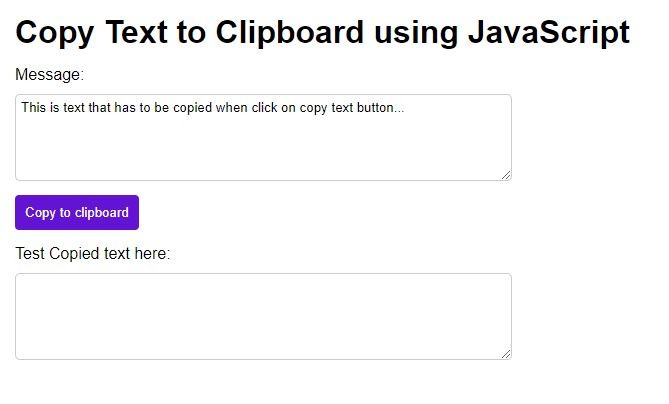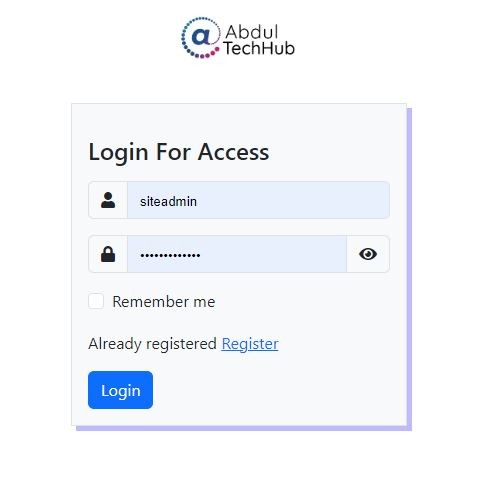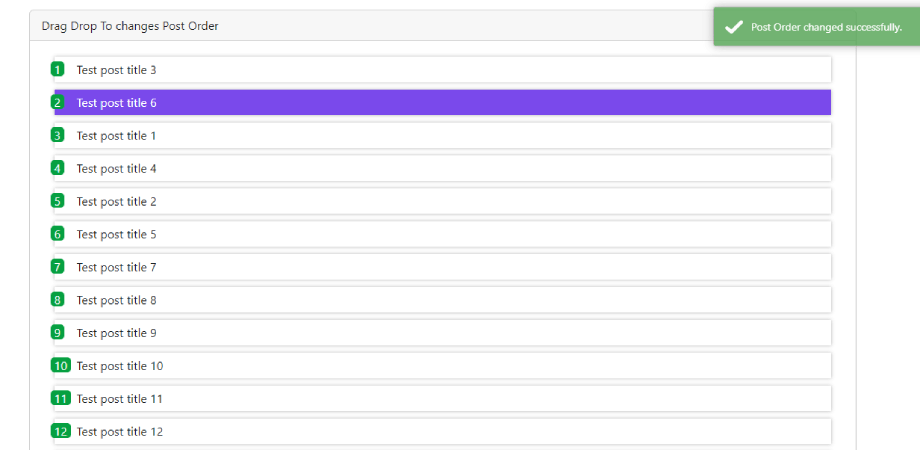Top jQuery Interview Questions: Tips and Tricks
- What is jQuery?
- What is the syntax for including jQuery in a webpage?
- How do you select elements in jQuery?
- What are jQuery selectors?
- What is the difference between the $() and jQuery() functions in jQuery?
- How do you bind events in jQuery?
- What is the difference between the on() and click() methods in jQuery?
- How do you animate elements in jQuery?
- What is the difference between the .empty() and .remove() methods in jQuery?
- What are some jQuery methods used for AJAX?
What is jQuery
jQuery is a powerful and lightweight JavaScript library that is designed to help developers write less code and do more, with a focus on simplifying complex tasks.
It was created by John Resig in 2006, and since then has become one of the most widely used JavaScript libraries on the web.
The jQuery library includes a variety of features that simplify and enhance web development, such as:
- HTML/DOM manipulation
- CSS manipulation
- HTML event methods
- Effects and animations
- AJAX
- Utilities
Tip: Moreover, jQuery has a vast collection of plugins available that extend its functionality, providing solutions for nearly any task a developer may encounter in web development.
Basic Example:
<!DOCTYPE html>
<html>
<head>
<title>My First jQuery Example</title>
<script src="https://code.jquery.com/jquery-3.6.0.min.js"></script>
<script>
$(document).ready(function() {
$("button").click(function() {
$("p").toggle();
});
});
</script>
</head>
<body>
<h1>Welcome to my website</h1>
<button>Toggle text</button>
<p>Some hidden text that will appear when the button is clicked.</p>
</body>
</html>
What is the syntax for including jQuery in a webpage?
To include jQuery in a webpage, you can use the following syntax:
<script src="https://code.jquery.com/jquery-3.6.0.min.js"></script>
This will include the latest version of jQuery from the jQuery Content Delivery Network (CDN) on your webpage. You can also download the jQuery file and include it locally in your project instead of using the CDN. To do so, you can download the jQuery file from the official jQuery website and include it using the script tag:
<script src="/path/to/jquery-3.6.0.min.js"></script>
Make sure to include the jQuery file before any other JavaScript code that depends on jQuery.
How do you select elements in jQuery?
In jQuery, we can select elements using the $() function, also known as the jQuery selector. The $() function takes a CSS-style selector as an argument and returns the jQuery object, which contains all elements that match the selector.
Here are some examples of jQuery selectors:
$(".example") //Select all elements with a class of "example"
$("#my-element") // Select the element with an ID of "my-element"
$("a.external") //Select all anchor elements with a class of "external"
$("input[type='checkbox']") //Select all input elements of type "checkbox"





